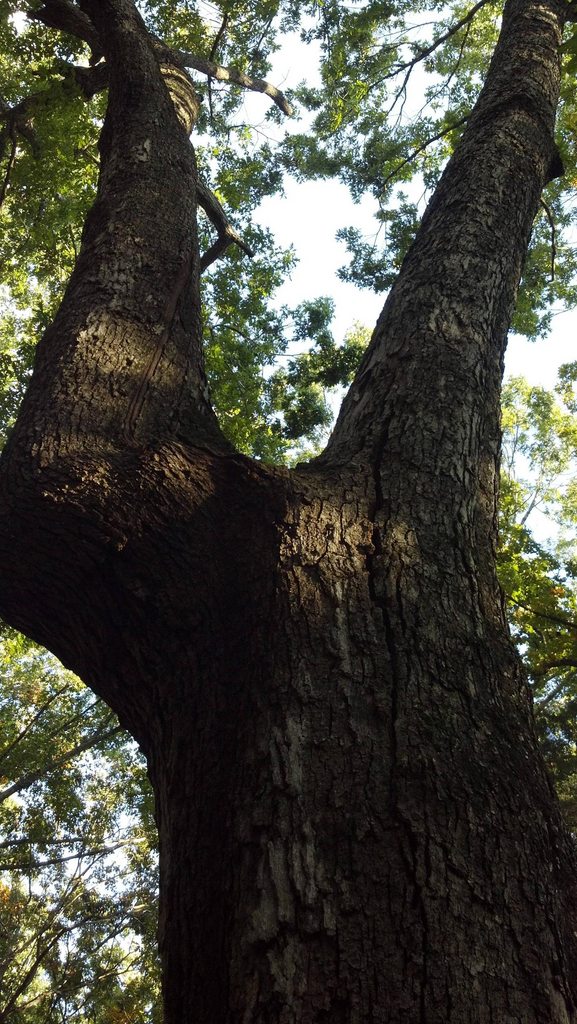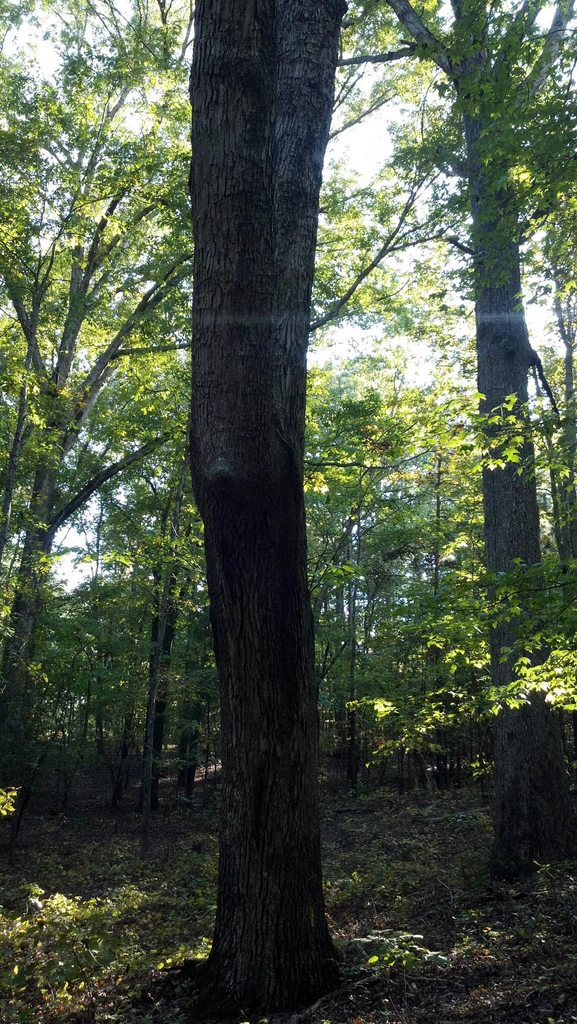40YearHomelite
ArboristSite Member
First off, I apologize if this post is in the wrong forum. Please feel free to move it, if necessary. I've been lurking for years, but I don't often contribute to the discussion.
See below for some pictures I took today of a good sized red oak (at least I think that's what it is). The main trunk is about 30" in diameter. I plan on taking it down using my 85cc DCS6421 with a 32" bar running full-comp chisel. I've taken down a fair number of various trees without any trouble, but I'm a little hesitant about this one because of the significant split running vertically through a lot of the lower trunk. All the top branches look healthy; no apparent widow-makers.
Here's my plan:
Does that sound like a good idea? What should I do differently? What are the greatest risks here?
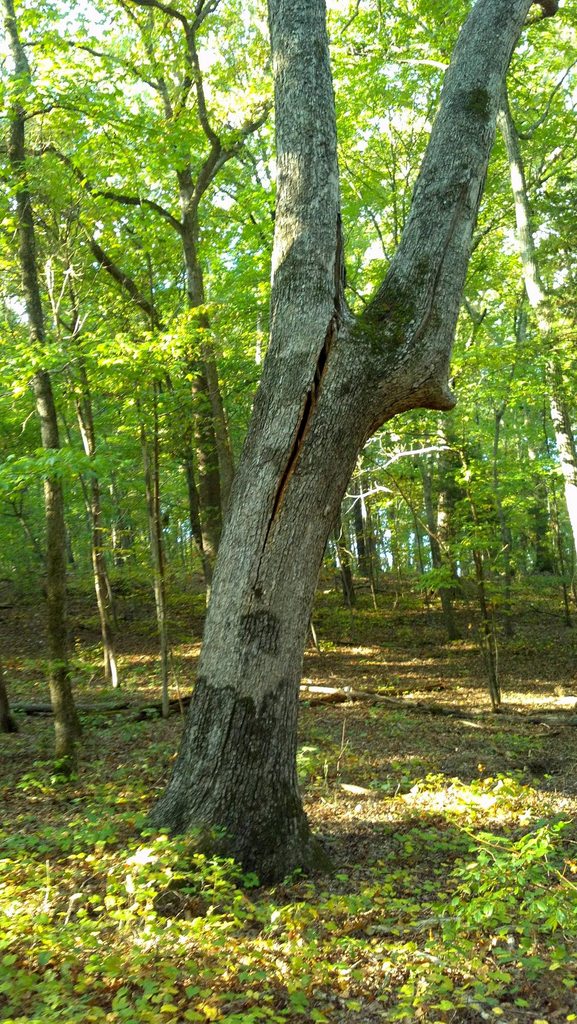
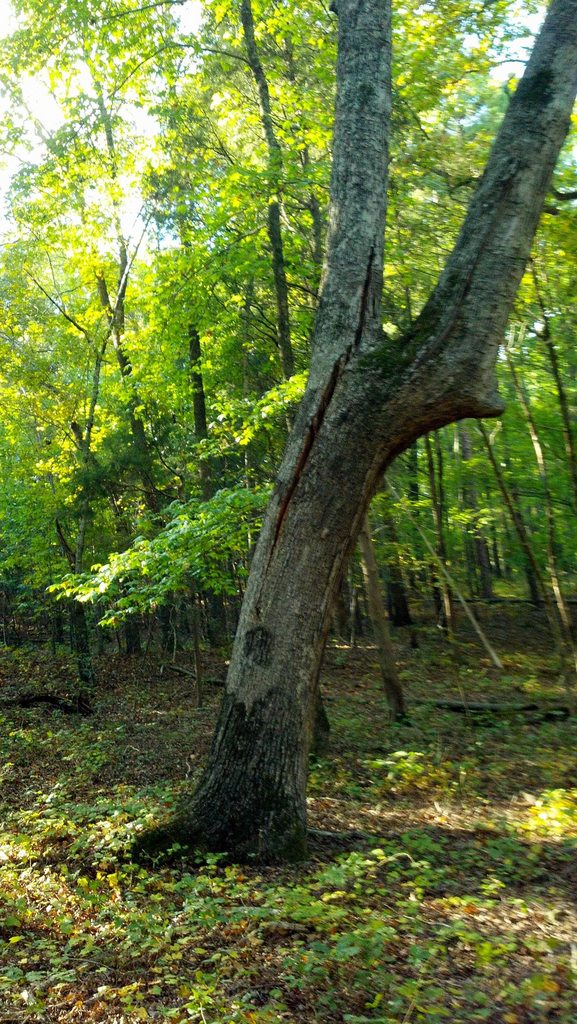
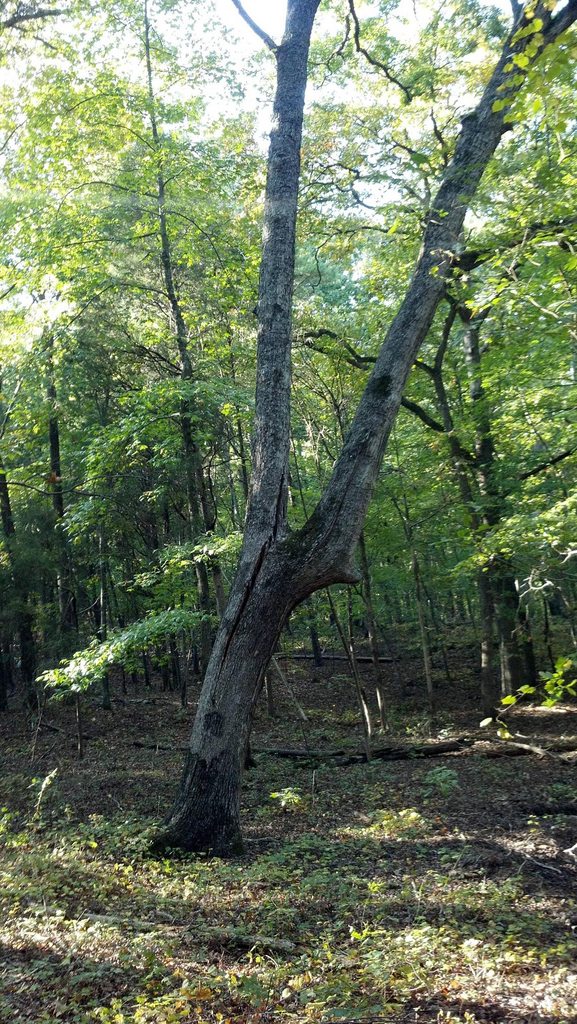
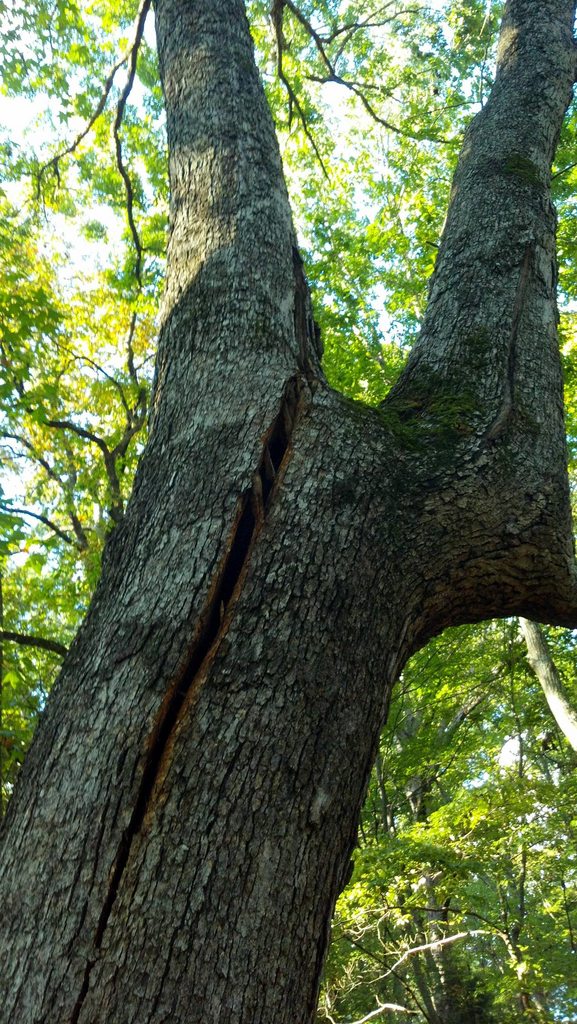
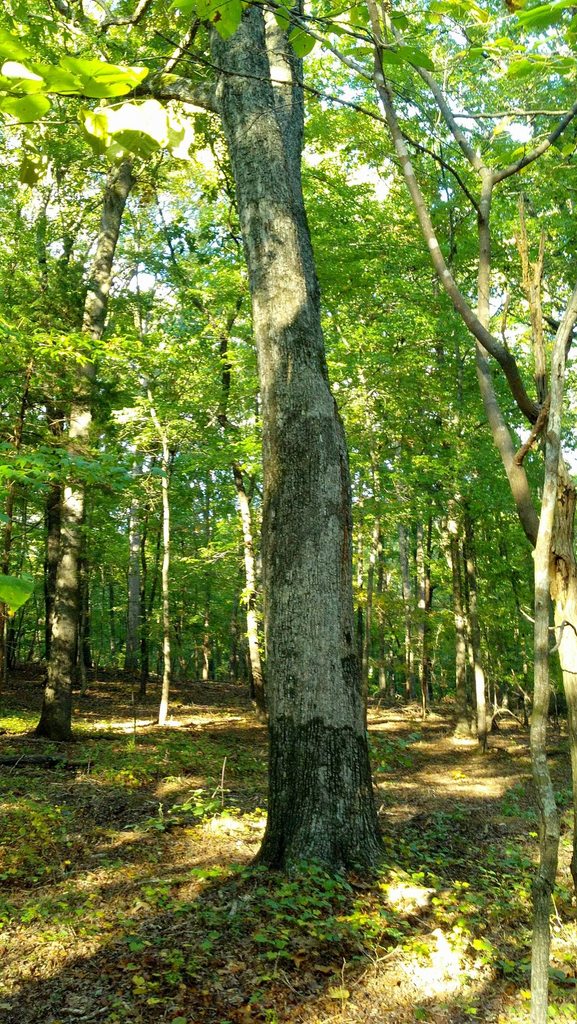
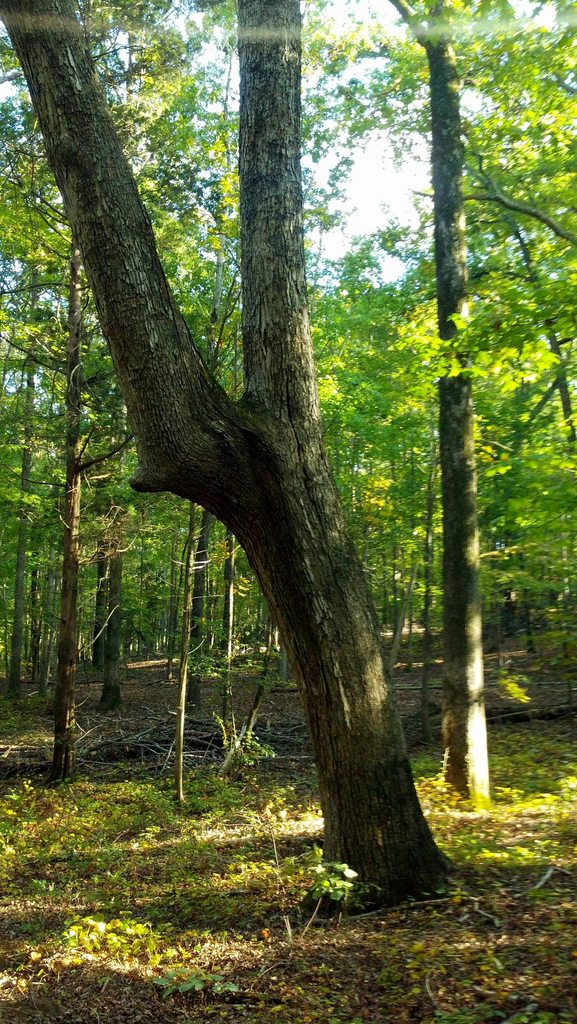
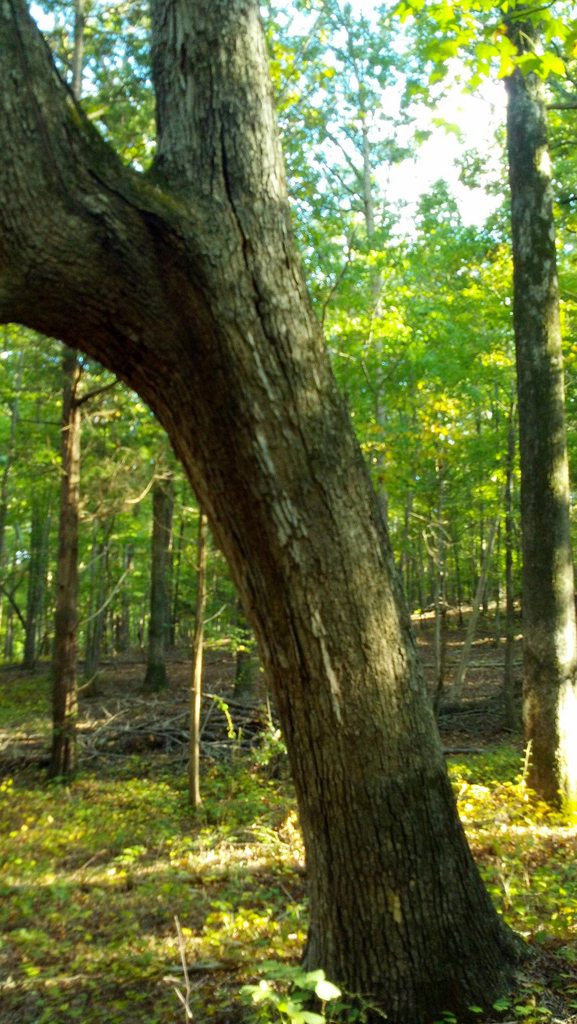
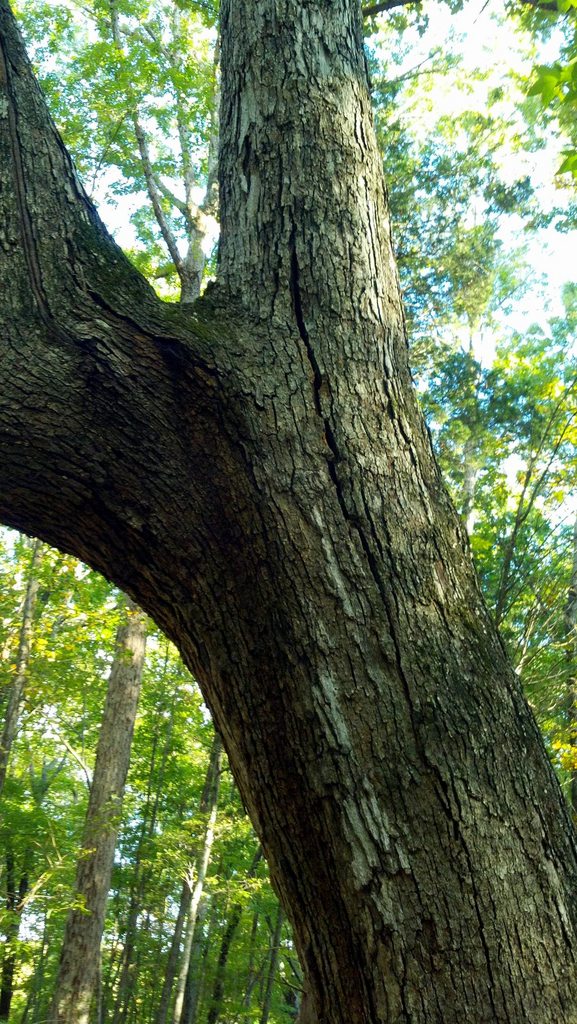
See below for some pictures I took today of a good sized red oak (at least I think that's what it is). The main trunk is about 30" in diameter. I plan on taking it down using my 85cc DCS6421 with a 32" bar running full-comp chisel. I've taken down a fair number of various trees without any trouble, but I'm a little hesitant about this one because of the significant split running vertically through a lot of the lower trunk. All the top branches look healthy; no apparent widow-makers.
Here's my plan:
- wrap a couple big chains around the trunk between the cut and the fork to prevent a barber chair
- make a 90deg open-faced notch (maybe 5" deep) to allow it to fall toward the lean
- bore completely through behind the notch (and about 3" higher than the vertex of the notch) to leave about a 2" hinge
- cut from the bore toward the back, leaving about a 1" strap on the back of the tree
- cut a few inches into the back just below the strap and let it fall
Does that sound like a good idea? What should I do differently? What are the greatest risks here?













